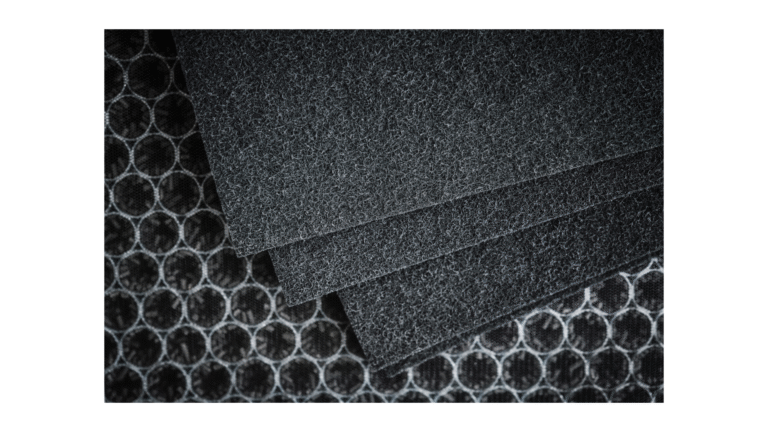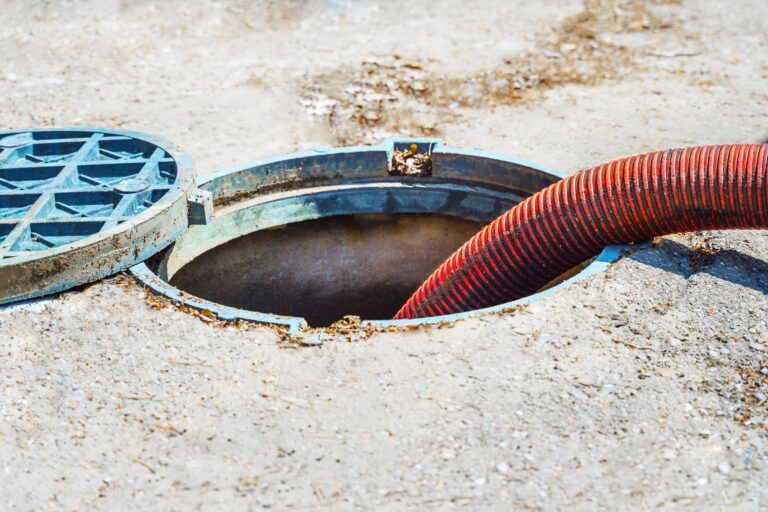Non-combustible and Fire-Rated Construction Options
- Jonathan R.
- August 22, 2024
Table of Contents
Ensuring the safety of buildings is crucial. Non-combustible and fire-rated construction options are essential. These materials reduce fire risks and protect lives and properties. This article explores the benefits and types of fire-resistant construction materials available.
The Importance of Fire Safety in Construction
Fire safety is a top priority in construction. Buildings must be designed to prevent and withstand fires. Using non-combustible and fire-rated materials can significantly improve a building’s safety. These materials help contain fires and allow more time for evacuation.
What Are Non-Combustible Materials?
Non-combustible materials do not ignite or burn quickly. They are crucial in minimizing fire spread. Common non-combustible materials include:
- Concrete
- Steel
- Gypsum
- Glass
Benefits of Non-Combustible Materials
Using non-combustible materials offers several benefits:
- Enhanced Safety: These materials reduce the risk of fire spread.
- Durability: They are resistant to high temperatures and structural damage.
- Compliance: Many building codes require the use of non-combustible materials.
Fire-Rated Construction Options
Fire-rated materials resist burning and withstand high temperatures. They are tested to ensure they meet specific fire-resistance standards. Fire ratings are typically expressed in hours, indicating how long a material can withstand fire exposure.
Types of Fire-Rated Materials
There are various fire-rated construction options available:
- Fire-Rated Gypsum Board: Commonly used in walls and ceilings. It provides fire resistance and can help contain fires within specific areas.
- Fire-Rated Doors: These doors are designed to prevent the spread of fire and smoke between rooms.
- Fire-Resistant Insulation: Insulation materials like mineral wool can enhance fire resistance in walls and ceilings.
Considerations for Fire-Rated Construction
When choosing fire-rated materials, consider the following factors:
- Building Codes: Ensure the materials comply with local building codes and regulations.
- Testing and Certification: Verify that the materials have been tested and certified for fire resistance.
- Installation: Proper installation is crucial for the effectiveness of fire-rated materials.
Integrating Non-Combustible and Fire-Rated Materials in Construction
To maximize safety, integrate non-combustible and fire-rated materials in your construction projects. Here are some tips:
- Plan Ahead: Incorporate fire safety into the design phase. Choose materials that offer both structural integrity and fire resistance.
- Use Fire-Rated Assemblies: Combine fire-rated materials to create assemblies with enhanced fire resistance. For example, fire-rated gypsum board and insulation can be used in wall assemblies.
- Regular Inspections: Conduct regular inspections to ensure fire-rated materials remain effective and comply with safety standards.
Real-World Applications of Fire-Resistant Construction
Many buildings already benefit from non-combustible and fire-rated construction options. Examples include:
- Commercial Buildings: Office buildings and shopping centers often use non-combustible materials like steel and concrete for structural components.
- Residential Buildings: Apartment complexes and homes can benefit from fire-rated doors and gypsum boards to enhance safety.
- Public Facilities: Schools and hospitals use non-combustible and fire-rated materials to protect occupants.
Fire Safety with Safety Storage Solutions
In addition to using fire-resistant materials, consider implementing safety storage solutions. Safety Storage offers a range of products designed to enhance fire safety in buildings. Their storage solutions are made from non-combustible materials designed to contain fires, protect valuable assets, and reduce fire risks.
Conclusion
Ensuring safety with non-combustible and fire-rated construction options is essential. These materials provide enhanced protection against fires, helping to save lives and protect properties. Integrating these materials into your construction projects can create safer, more resilient buildings.
Ready to fireproof your future? Explore our range of non-combustible and fire-rated construction materials and solutions. Comment below with your thoughts, share this post, and visit Safety Storage for more information on enhancing fire safety in your projects.
Read More:
Magazine Buildings

Jonathan Reed
Jonathan Reed specializes in writing in-depth, data-driven content on industrial waste management, regulatory compliance, and environmental sustainability. With expertise in hazardous waste disposal, OSHA guidelines, and waste reduction technologies, he provides actionable insights for businesses navigating complex waste management challenges.






